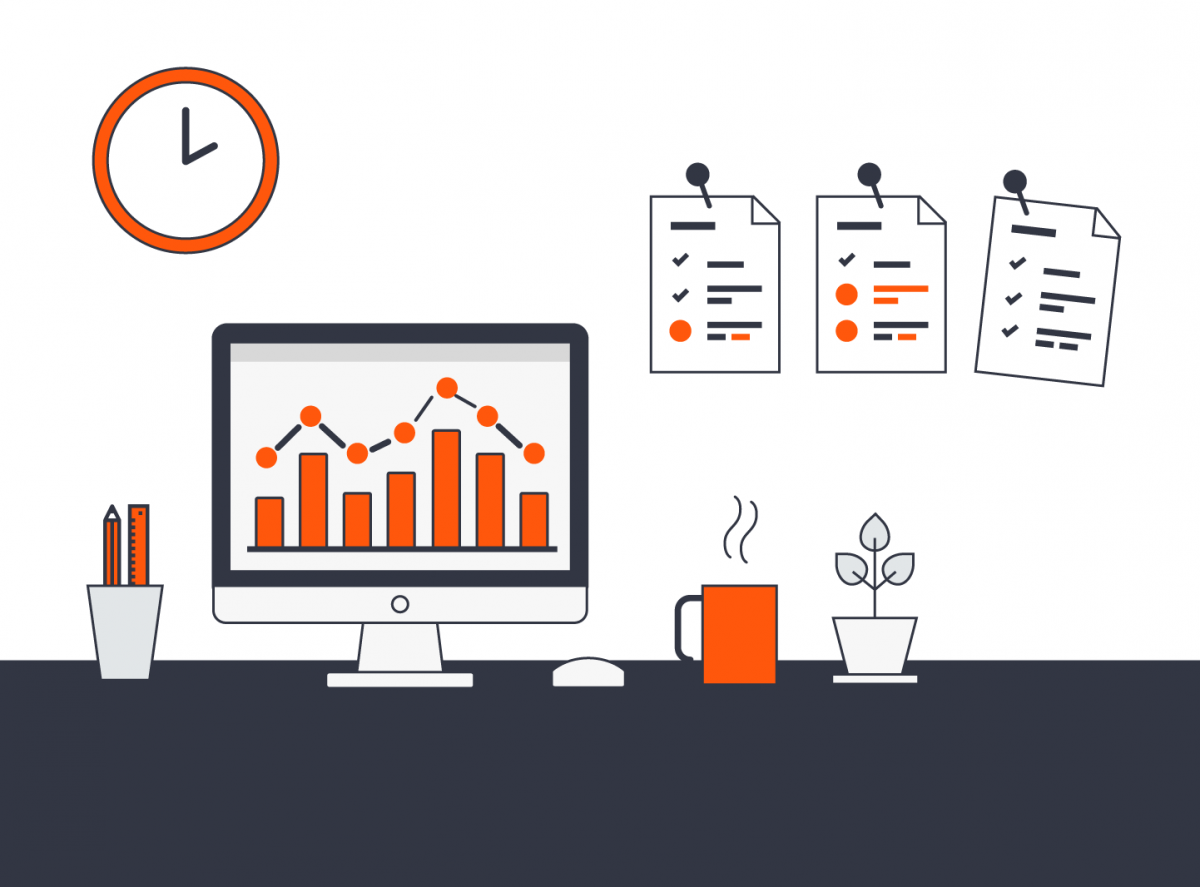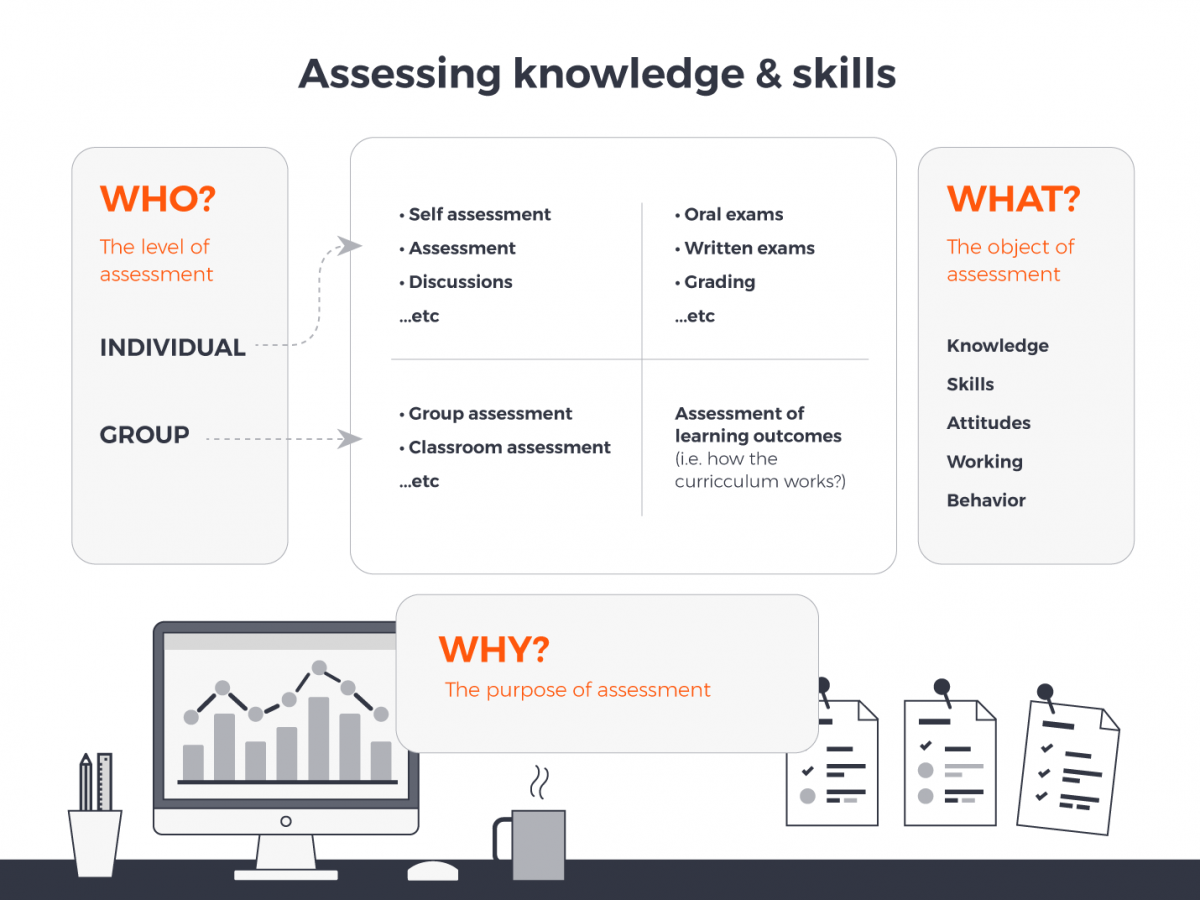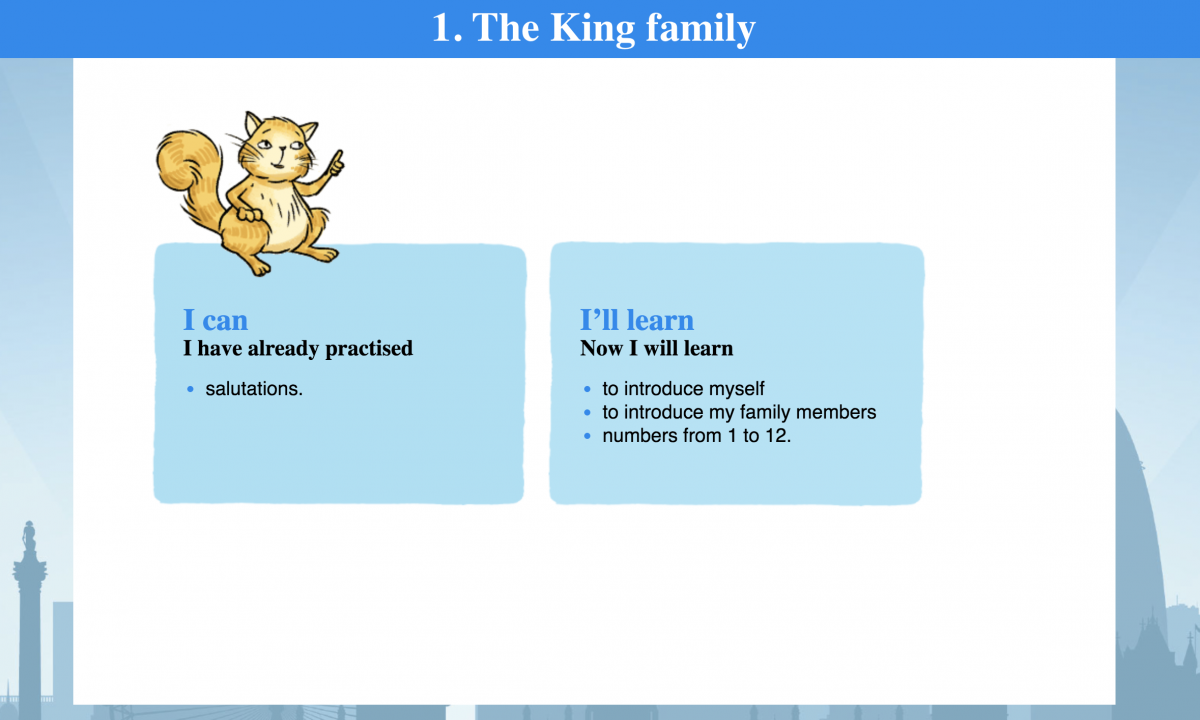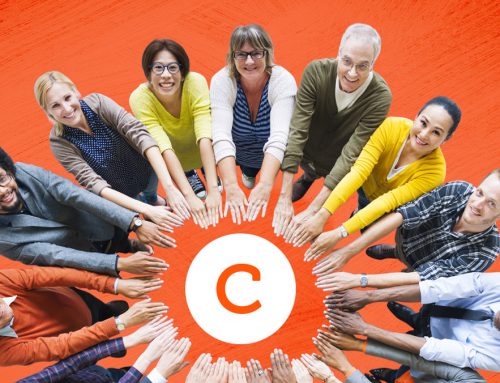Technology yields excellent possibilities for providing feedback to learners to support and guide their learning process. It allows educators to monitor the learners’ progress and address each student’s challenges as they arise – with there still being time to change the course of action in order to receive the wanted learning outcomes.

Meaningful assessment
More and more emphasis should be laid on assessment for learning, formative assessments supporting the learner’s progress. Digital tools allow for continuous assessment – and it’s essential that assessment is done by both the learner herself and by the teacher. Reporting tools let you generate, gather and revisit data on how the learning process is evolving, and learning curves can be made visible to both the learner and the teacher.
According to numerous international studies, teachers should engage the interest of the learners through a variety of assessment strategies. They should also meet the diverse needs of the learners by using alternative assignment formats. Digital materials can cater for the use of a variety of formats, such as multimedia-enhanced presentations, audio recordings and videos.
Feedback, give them feedback!
Feedback is probably the most crucial part of the learning process. Research shows that meaningful and specific feedback can have a significant impact on improving learning. Hattie (2009) has found that the most powerful single influence affecting achievement is feedback, and not only from teachers to their students but also vice versa; teachers benefit greatly from regular feedback from students about their teaching. According to Hattie, the ideal learning environment or experience is one where both teachers and students seek answers to the following questions:
- Where am I going? Feed up
- How am I going? Feed back
- Where to next? Feed forward
Students need to receive appropriate feedback which they can use to feed forward into their future work. Technology allows for timely feedback supporting the potential to be acted upon.
Build on the learning objectives!
Learning materials are often designed on the basis of learning contents. But content is not the same as learning objectives; attainment of (factual) knowledge is only part of the desired learning outcomes, the learners’ skills and competences forming an important part of education and learning objectives today. Hence, both knowledge and skills need to be assessed, as presented in the illustration below.

Najat Ouakrim Soivio’s adaptation of a summary presenting the assessment of knowledge and skills by Terenzini 1989.
Make the learning objectives transparent to the learner
Teaching materials can support the learner in understanding their learning objectives by making them visual for her. For example, having every unit to be studied starting with a description of the objectives for the respective unit structures the learning process and gives the learner a fair chance of grasping what she is expected to learn. In the following example, Finnish primary school pupils studying English are made to pause and call to mind what they’ve just been practising and are introduced to the objectives of the unit about to start.

An example of an I’ll learn page in High five! 3, a Cloubi product published by Otava Learning
How am I doing?
Making the learning objectives transparent will also support learners’ self assessment. Digital materials are optimal for self assessment, as students can monitor their own performance and progress.
Even though it’s often thought that students don’t have the ability to make accurate judgements on their performance, research shows the opposite: students can make reasonably accurate evaluations of their performance. However, you can’t expect them to be able to do that just like that, but guidance and practice is the key here.
Having your learning material make the learner pause at times to reflect on her performance is also a good way to support self assessment, as in the following example where the student is asked to do some reflecting after finishing a chapter on Human Cells.

Self evaluation page in Chapter 1 Human Cells in AIPE Biology by National Board of Education, a learning material produced by Cloubi Ltd.
In conclusion, to make your material promote learning through appropriate assessment, you might consider using the following checklist when planning your product.
Checklist for Cloubi learning product designers
| LEARNING OBJECTIVES: Are they clear and transparent, both to the learner and to the teacher? Does the material also cater for the assessment of skills and competences, not just knowledge? |
| FEEDBACK:
Is the material utilizing Cloubi’s versatile feedback mechanisms to support learning? Also Cloubi’s Tests Module allows teachers to give feedback in various formats thus enabling assessing to become a learning opportunity too. It might also be a good idea to start the material with a diagnostic test to offer data on the learner’s starting level. |
| MONITORING THE LEARNING PROCESS: Is the material offering appropriate data for students and teachers about the learners’ performance and progress? |
| SELF ASSESSMENT: Does the material make the learner reflect on her learning at regular intervals? |
| DIVERSE ASSESSMENT: Is the material offering the teacher versatile ways for assessing? Is it utilizing various digital assets to cater for the needs of different kinds of learners? |
To learn more on how to utilize Cloubi for supporting students and teachers in assessment, don’t be shy to ask your Account and Project Manager for tips and hints!
References:
Hattie, J. 2009, Visible learning: A synthesis of over 800 meta-analyses relating to achievement. Routledge, New York.
Terenzini. P.T., 1989, Assessment with Open Eyes, Pitfalls in Studying Student Outcomes. The Journal of Higher Education, Vol. 60 Issue 6. The Ohio State University Press.





